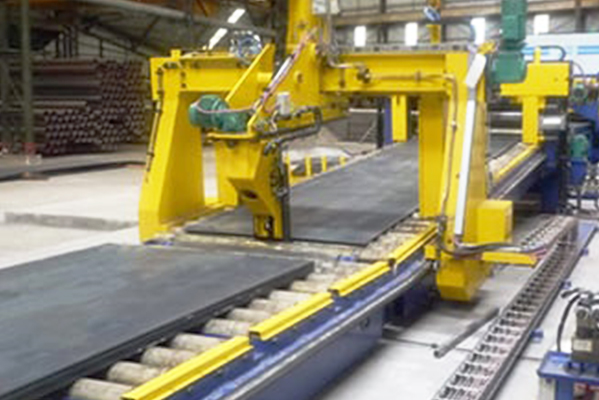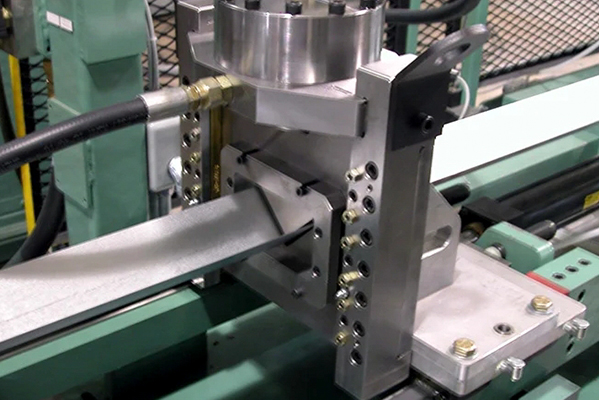Navigation Menu
Contact Us
- Email:
- info@wxavatar.com
- Address:
- Yurong Village, Yuqi Street, Huishan District, Wuxi, China.
Release Date:Apr 25, 2025 Visit:50 Source:Roll Forming Machine Factory
Roll forming is a metal shaping process used to create long parts with a consistent cross-section. It’s commonly used in industries like construction, automotive, and manufacturing to produce things like metal panels, frames, and tubing. Here’s how it works in plain terms.

How Roll Forming Works
Uncoiling the Metal – The process starts with a big coil of metal (like steel or aluminum) that’s fed into the roll forming machine. The metal is unrolled and straightened before shaping begins.
Passing Through Rollers – The metal strip then goes through a series of roller dies (shaped wheels) that gradually bend it into the desired shape. Each set of rollers adds a little more bend until the final form is achieved.
Cutting to Length – Once the metal is fully shaped, it’s cut into the right length. This can be done with shears, saws, or even lasers, depending on the precision needed.
Finishing (If Needed) – Some parts might need extra steps like punching holes, adding notches, or painting, but this depends on what the part is for.
Why Use Roll Forming?
Consistent Shapes – Since the metal is bent step by step, the final product is very uniform.
Efficient for Long Runs – Once the machine is set up, it can make a lot of parts quickly.
Less Waste – Unlike other methods that cut shapes out of sheets, roll forming uses the metal more efficiently.
Common Uses
You’ll see roll-formed parts in:
Roofing and siding panels
Metal framing for buildings
Automotive trim and structural parts
Shelving and storage systems

Final Thoughts
Roll forming is a practical way to shape metal into long, consistent parts without a lot of waste. It’s not the best choice for every job (like very thick or complex shapes), but for many standard metal products, it’s a reliable and cost-effective method.
If you’ve seen metal gutters, window frames, or even some car parts, chances are they were made using roll forming!